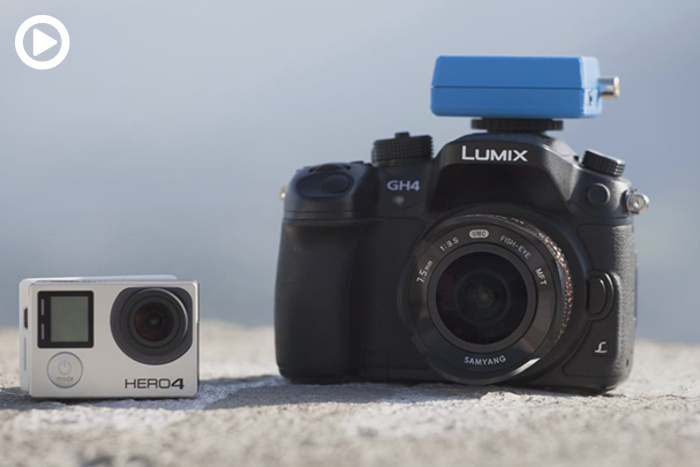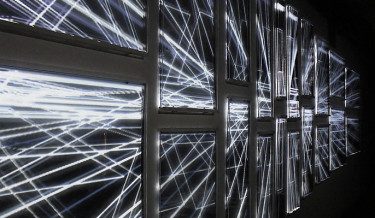Related post
Lumen interview: Antonio Rosciano about Kaleidosoup 2015
Jan 14, 2016
|
Comments Off on Lumen interview: Antonio Rosciano about Kaleidosoup 2015
6078
LEVEL by Cinzia Campolese & Erminio Alekos Serpente
Feb 23, 2015
|
Comments Off on LEVEL by Cinzia Campolese & Erminio Alekos Serpente
3695




